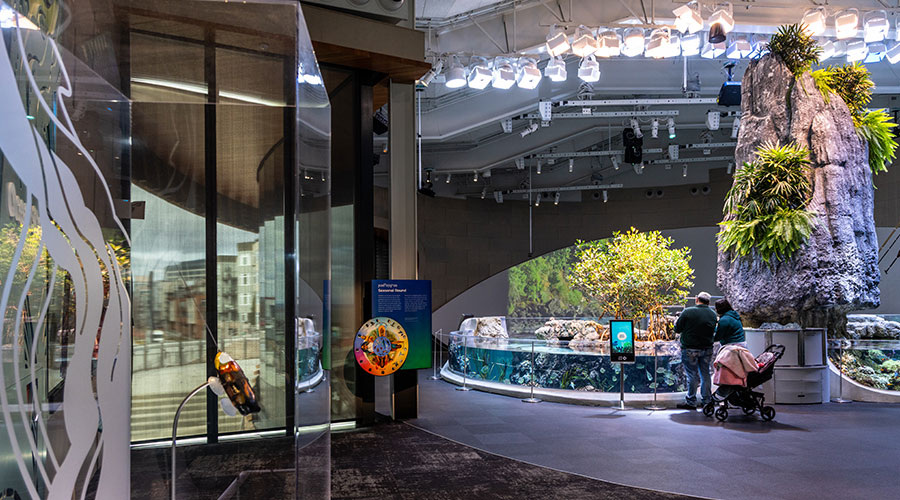Lighting Controls: Punch Lists, Commissioning, Recommissioning
Comprehensive maintenance of lighting systems can provide hidden treasures for institutional and commercial facilities. Depending on the statistics cited, the type of building, and the climate, lighting systems can account for 15-40 percent of a building's total energy use.
Given those statistics, many jurisdictions have added lighting-control requirements to energy codes to shave off waste associated with lights being on unnecessarily. But the savings can only occur if maintenance and engineering managers ensure technicians maintain the systems properly.
Commissioning is one tool managers can use to make sure the savings occur, but what does commissioning entail, and when should it occur? Managers can choose from several different degrees of commissioning. The most appropriate approach can vary, depending on the complexity of the systems. What surprises some people is, annual recommissioning is necessary to keep many systems operating optimally.
Punch Lists & Commissioning
What is the difference between using a punch list and commissioning a lighting system, and who should perform the commissioning?
The purpose of a punch list is to verify: the contractor installed the right fixtures, lamps, ballasts, and control devices or systems; they are in the right location; and they work. Punch lists typically are the responsibility of the system designer.
Commissioning a system involves checking photocells, occupancy sensors, programmable ballasts and control systems. The commissioning agent should be someone other than the system designer, which ensures the agent's objectivity.
If the project is small and the systems are simple, such as photocells or motion sensors talking directly to a ballast, the commissioning should take place near the end of construction, around the same time as the punch list. For more complex systems with multiple devices, multiple control points, and a control system, commissioning starts in the design phase.
The agent is responsible for writing the sequence-of-operations document describing in narrative form the way the system will function. The agent develops this document with the owner and manager to ensure it has the required functionality.
Commissioning documents supplement the construction documents and provide instructions for the contractor on the initial settings the manager expects. Near the end of construction, the agent uses the documents to verify everything is working as designed. This series of events ensures the project achieves the expected energy savings.
Related Topics:













